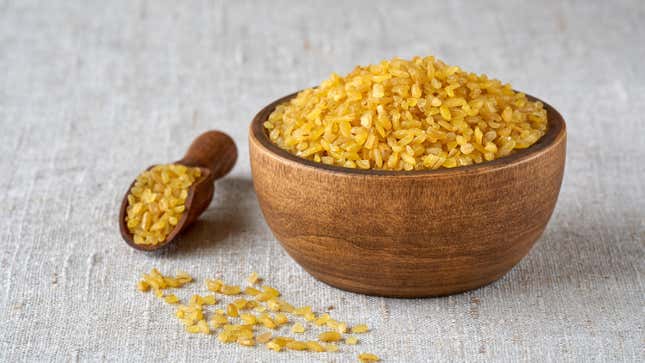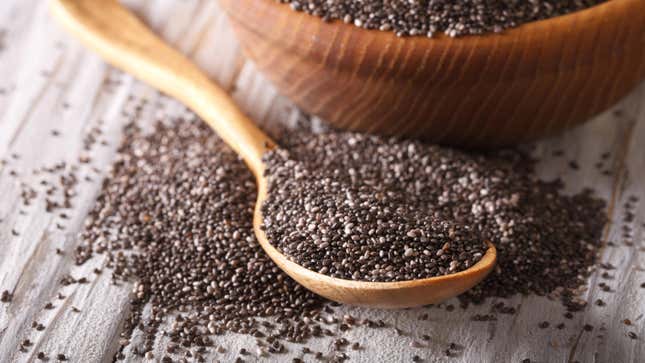
The term “ancient grains” is one you’ll see thrown around quite a bit on grocery store shelves. It appeals to people’s romantic ideas of the past: eating an ingredient that has seemingly remained unchanged for millennia does seem kind of cool. As a result, it’s an effective marketing term that’s been co-opted by companies trying to position their products as health food.
Having said all that, this doesn’t mean that ancient grains aren’t a fantastic ingredient to keep in your pantry, and they really can be quite good for you. The grains on this list are packed with different nutrients, and they’re a delicious way to bring a hearty texture and nutty flavor to a range of dishes. Plus they last in your pantry for years and can be added to grain bowls, salads, and soups. Try making one of these 14 grains the base for your next meal.













